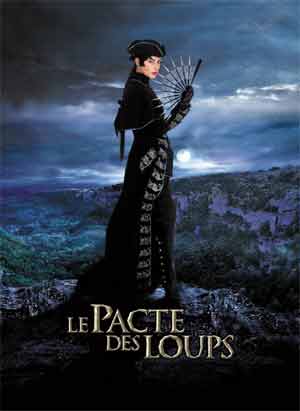
C'est Absurde

From time to time, I like to set out a glass of wine, a baguette, and a bit of paté or cheese, put on my old beret, and try to remember what little I can about my time in Paris in the mid-60s. Only few engrams remain in the memory register, but one remains clear enough. In my first few months, I had not yet acquired a carte de sejour, the official permit that authorizes a foreign resident to breathe the air in France. In the 60s, the gendarmes were authorized to stop anyone in the street and inspect their papers. I made up for my limited documentation by carrying with my passport an official-looking British paper I had filched on a train in Britain. It was a strip of toilet paper, emblazoned with the insignia of British Rail and a Union Jack, and it bore the words: "Gentlemen Lift the Seat!" I showed this to the gendarmes whenever I was challenged. The gendarmes, who did not know any English, were always duly impressed by this imposing document and waved me on my way. I was never sent to Devil's Island, although perhaps I should have been.I eventually received my carte de sejour, after I had submitted copies of my passport, my birth certificate, my complete educational history, proof of gainful employment in France, and proof that I understood the Metric system and the use of escargot tongs. [It is not widely appreciated amongst Anglo-Americans that the Metric system, escargot tongs, the term Premier Cru, the guillotine, and the Annales school of historiography are all basically the same thing.] I submitted my paperwork during a day-long visit to a cavernous government office, filled with scribes who had been busy since Napoleon III copying documents in triplicate with quill pens.
After a few months in our flat near Avenue Gobelins in the 13ieme, I came down with a cold which, malheureusement, developed into an ear infection. So I went down the street to the neighborhood clinic to seek up-to-date French medical therapy. I was very pleased with myself for speaking French well enough to be given normal treatment at the clinic, where, sure enough, the remedy they gave me was a suppository. I went right home and put the suppository in my ear, but I can't remember how succesful this therapy turned out to be. In those days, French medicine relied on suppositories for everything, from phlegm to an ingrown toenail. Times have changed since then, and I am told that contemporary patients in France are prescribed rest-cures at spas in the countryside, in addition to anti-depressant drugs (administered, of course, by suppository).
Beside the advanced state of Medicine in France, Paris was a center of intellection, philosophy, and culture. As American college graduates, we had of course studied Sartre and Camus and not understood a word, so we had to drop in at La Coupole and the Café Flore. I tried wearing a black turtleneck and smoking a gauloise, but the latter was so awful that I switched to wearing the cigarette and trying to smoke the sweater. "Imbécile," cried Monsieur Flore, the proprietaire, "What do you think you are doing?" I had, of course, exactly the right answer. "My old," I replied, raising my glass of pernod, "It is absurd."
Now and then, I still spend time watching rented French films, as another approach to the existentialist concept of l'Absurde. It is perhaps best illustrated by the 2001 film "Le Pacte des Loups," which I first saw when it came out with my Downser son Aaron. He awarded it his second-highest accolade (Awesome), which corresponds to the Prix Un Certain Regard at Cannes. I am still waiting for Aaron to explain to me what "Le Pacte des Loups" was all about, and subsequent viewing of a rented copy did not clarify anything. If you rent films, you could do worse, although not much.
Set in France of about 1760, the film's main characters were: the noble Chevalier de Fronsac, philosopher, botanist, and sword-fighter; his faithful Quebec Indian companion Mani, a specialist in the aboriginal martial art of Mohawk-Fu; Sylvia, a secret agent of some sort who wandered in from another movie, played by Monica Bellucci, who periodically throws off all her clothing; the villainous, one-armed Jean-Francois de Morangias, who actually has a second arm which he kept secret; his sister, the lovely Marianne, who dies but somehow comes back to life --- perhaps due to treatment with suppositories? --- and then sails off to Nouvelle France with the Chevalier de Fronsac at the happy ending; "Le Pacte," a shadowy, cultish, Catholic conspiracy which was either against the king, or for the king, or possibly both at once; and La Bête, a mysterious, ferocious beast terrorizing both the countryside and the scriptwriters, and which looked like a cross between a huge porcupine and Cookie Monster.
The relationship between the beast and the conspiracy, the one-armed villain, the researches of the Chevalier, and the incessant fight scenes, let alone Monica Bellucci and her clothes, was perfectly opaque. An Internet movie reviewer summed it all up this way: "A period costume horror martial-arts werewolf movie and, surprisingly, all those pieces work together provided you don't concentrate too hard." As for the not concentrating too hard part, Ça va sans dire.
--- Dr. Phage